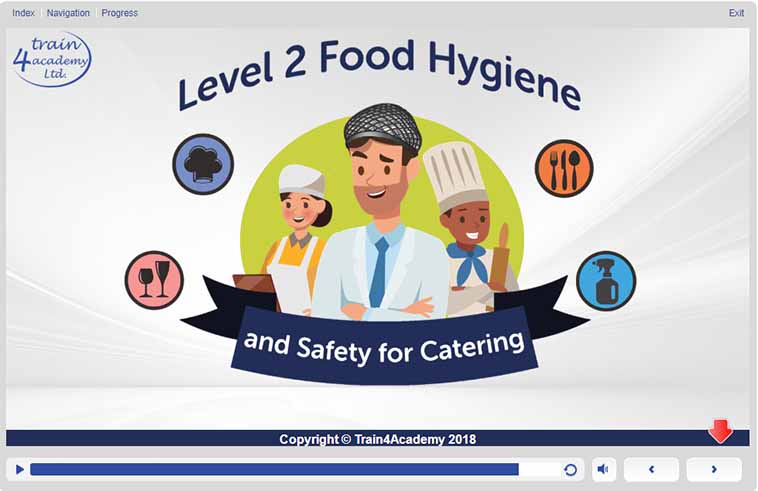What is the difference between food safety and food hygiene?
18/07/2019
People use the terms food safety and food hygiene frequently and often interchangeably, often without knowing the difference in their meaning. There are occasions when the terms overlap. This article aims to look at the main differences between the two terms and why it is essential to understand them.
Having a good understanding of both terms will help ensure employees, employers and owners are compliant with the law, and that the business runs hygienically and effectively, which ultimately leads to high customer trust and satisfaction.
Anyone who works in the food and drink industry will have undergone either food safety training or food hygiene training. It is important to know the difference to ensure the correct training is taken and implemented for those working within the food and drink industries to follow best practice.
What is Food Safety?
Food safety is the overriding umbrella term that is concerned with all aspects of keeping food safe for us to eat, throughout all processes, from farm-to-fork. It is in place to ensure that whatever the food or drink product, is safe to consume. This is whether it is a restaurant, food retailer or vehicles that carry food or drink.
Food safety is concerned with the management of food safety systems within businesses that must be in place, for example, HACCP (Hazard Analysis Critical Control Point). This knowledge is critical for those with managerial or supervisory roles tasked with the responsibility of implementing an effective food safety system in a business.
What is Food Hygiene?
Food hygiene is an essential element under the term of food safety. Those who work directly with food have a legal duty to have the required level of knowledge for their role. For example, the processes that are directly linked to the:
- storage
- preparation
- cooking
...of food. This includes:
- Cleaning procedures - such as cooking equipment, utensils and cutlery, plates, premises, kitchens to control chemical and bacterial contamination
- Cooking/holding temperatures - these must be appropriate to ensure food is thoroughly cooked and held to prevent the risk of bacterial contamination
- Storage - Food must be stored in safe, hygienic containers in allocated locations, which are kept at the correct temperatures. This includes using the FIFO system and correct labelling
- Allergen control - those who handle food, must know what foods allergens are. This knowledge will help food-handlers to know how allergens should be processed and stored away from other foods to avoid cross-contamination
Those employees who work directly with food and who do not have responsibilities for implementing a food safety management system will usually only need food hygiene training. However, there may be a requirement for some employees to be involved with other areas of the business, which may require further relevant training to a level 1, 2 or 3 standard.
Train your staff on our food hygiene level 2 online training course.
Legislation
The FSA (Food Standards Agency - in England, Wales and Northern Ireland) and the Food Standards Scotland are responsible for overseeing the standards, which have primarily evolved from EU law (Regulation 178/2002). The FSA is the governing body which works with the local authorities, to ensure businesses are compliant with these laws.
These regulations form UK laws because of:
- the Food Safety Act 1990 - the main framework for all food safety laws
- the General Food Regulations 2004
- Food Safety and Hygiene (England) Regulation 2013
They are responsible for ensuring that the following food safety elements are included in these laws. There are three key elements, which are:
- Hygienic food-handling
- Food management systems
- The physical condition of the business
Businesses must:
- make sure food is always safe to eat (the primary objective)
- ensure the food is of the quality claimed in advertising and marketing. That is, food or drink produced or served must not mislead people
- to ensure the food hygiene rating is visible
- record the traceability of food. That is if anything goes wrong, the business systems in place can easily and quickly identify the source of the problem, i.e. where the food has originated from. This would include a manufacturer, retailer or caterer
- be able to withdraw or recall products where there is a problem and inform the customer immediately
If you need to train your staff on areas of food hygiene, then completing one of our many recognised Food Hygiene courses will help you achieve this. Depending on your job role, you may need a certain level, however our food safety and hygiene Level 2 is the most commonly taken course. All three levels of online food hygiene training courses are able to complete now.
Food Hygiene Courses
- Work towards compliance with UK & EU Food Safety and Hygiene Legislation
- Accepted by Local Authorities
- Unlimited resits at no cost
- Instant certificate
